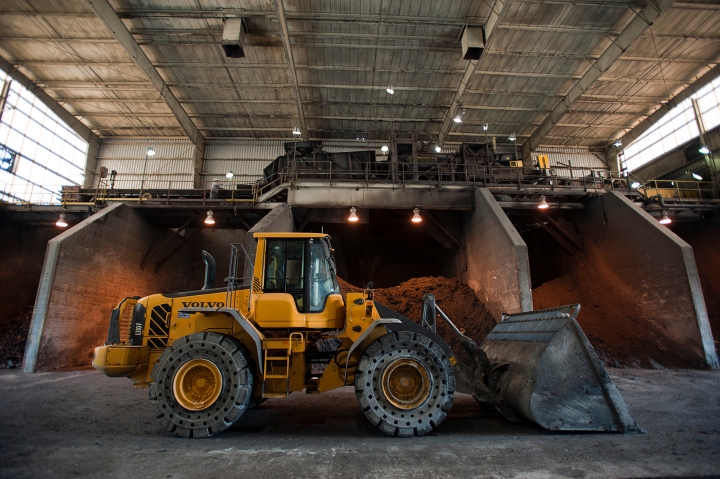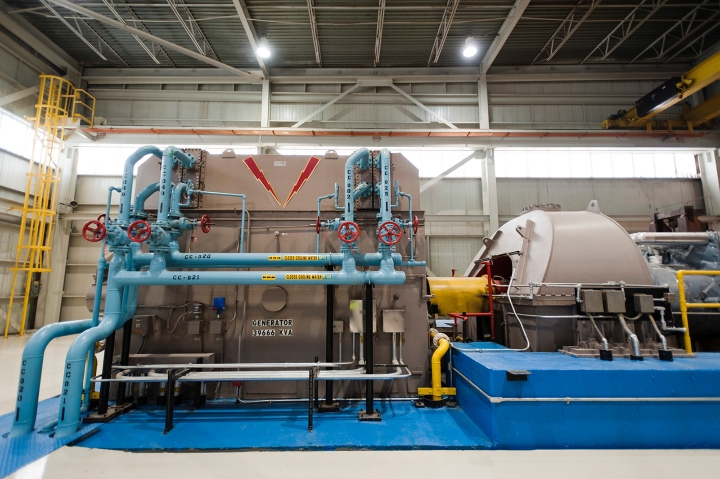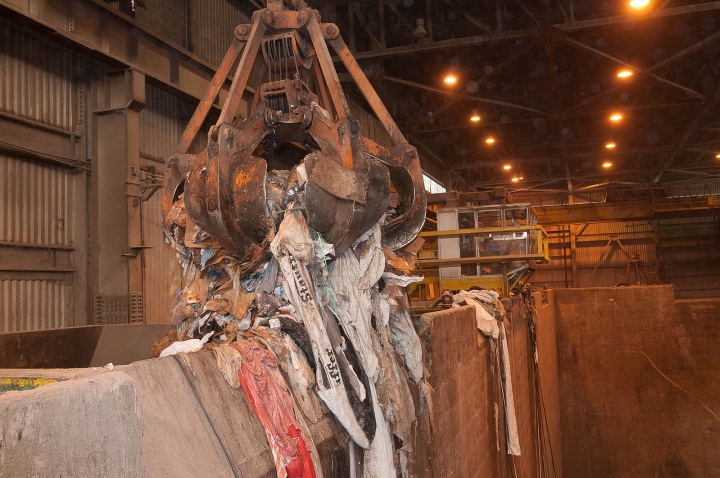Lancaster Waste-To-Energy Facility
Around 95% of Lancaster County’s municipal solid waste (MSW) is taken to the Lancaster Waste-to-Energy (WTE) Facility where it is combusted to create electricity. In fact, the facility makes enough energy from burning garbage to power the equivalent of 1 in 5 area homes.
WTE offers four key benefits:
- Reduces the volume of waste by 90%, so less material is landfilled.
- Generates energy to power local homes and businesses. As a qualified tier II renewable generator, Renewable Energy Certificates (RECs) are sold to help support the financial sustainability of the facility.
- Reduces greenhouse gas emissions by combusting the waste instead of landfilling it.
- Recovers ferrous and non-ferrous metals for recycling.
The Lancaster WTE Facility also provides steam to neighboring Perdue AgriBusiness. In fact, Perdue’s soybean processing plant uses 15-20% of WTE steam for drying and processing operations at their facility.
Learn more about the Lancaster WTE Facility in this short video or explore the facility through our self-guided virtual tour.
Plan Your Visit
- Address: 1911 River Road, Bainbridge, PA 17502
- Hours of Operation: Monday–Friday from 6:30AM–3:30PM , First Saturday of the Month from 7AM–10AM
- Trash Disposal Information (including fees, accepted materials and more): Click here
- Delivery Instructions: All loads delivered to the Lancaster WTE Facility must be tarped.
Reminder: Our facilities ONLY accept credit or debit cards. No cash or checks.
Any vehicle or trailer that could be perceived to exceed Registered Gross Vehicle Weights (Vehicle: 17,000lbs. and/or Trailer: 10,000lbs.) must provide vehicle or trailer registrations to Weighmasters to ensure compliance with PA DEP WTSP Requirements.



